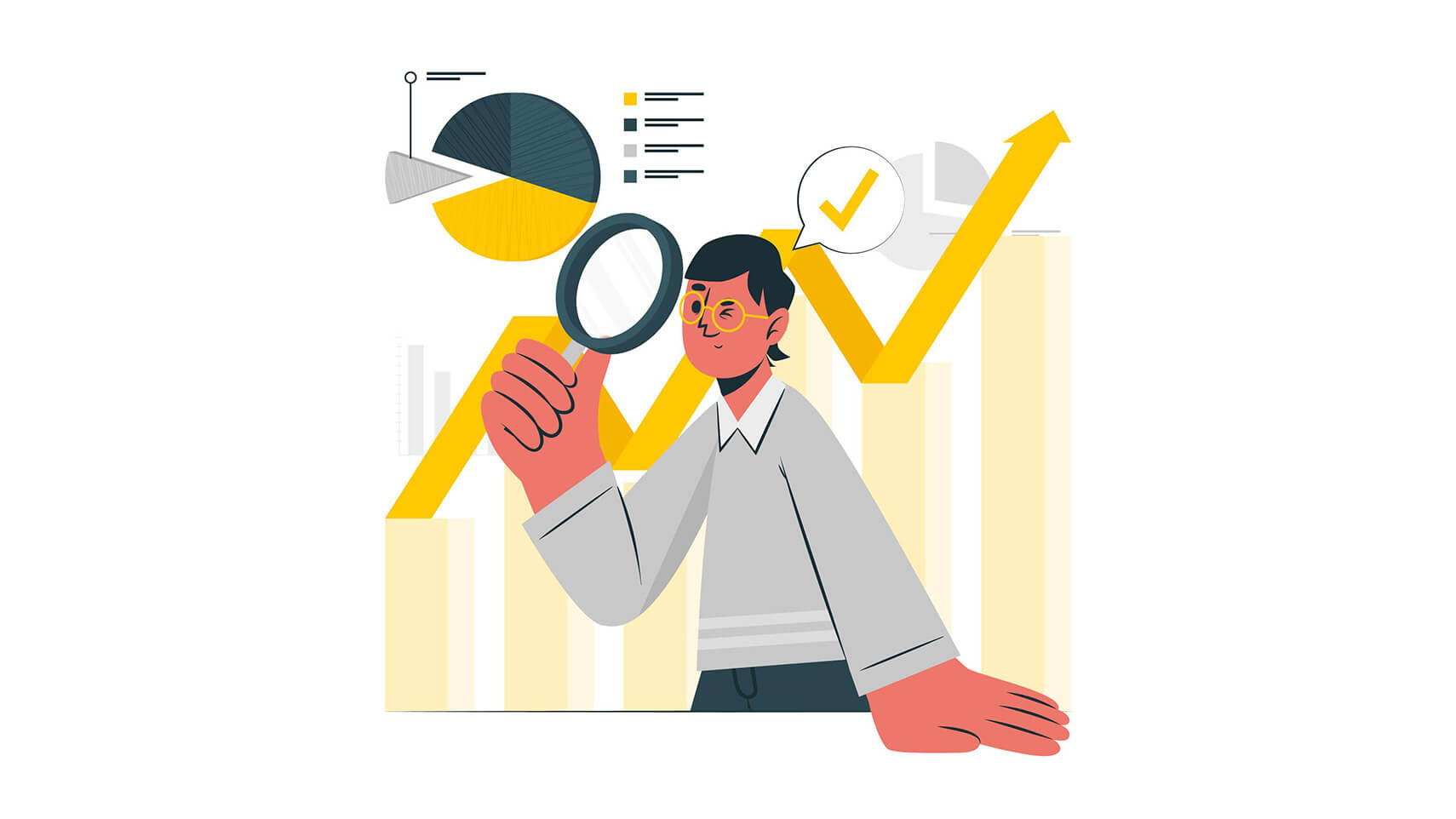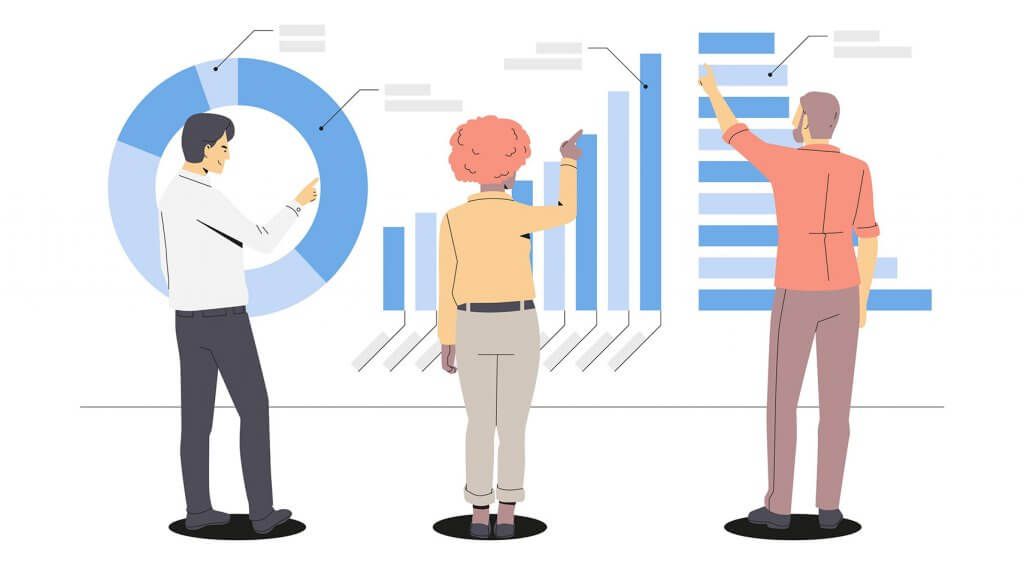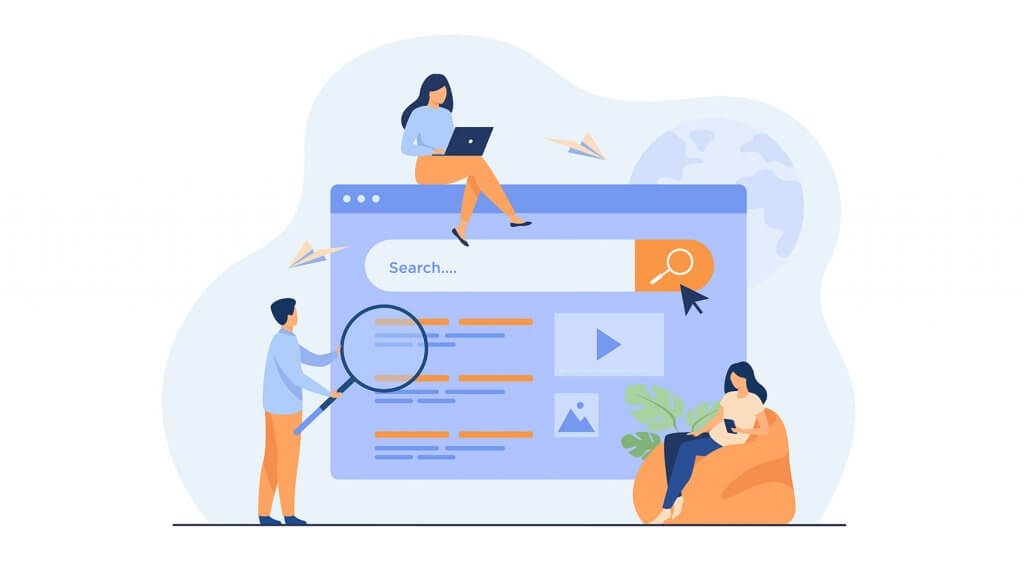
AI pattern recognition is an important function for proper data processing. What is the flow of processing and recognition by pattern recognition? In this article, we will explain AI pattern recognition in detail, including the mechanism of the algorithm. Please help us to improve our knowledge to utilize AI.
Table of contents
- What is AI pattern recognition?
- Process flow by AI pattern recognition
- AI pattern recognition algorithm
- What you can do with AI pattern recognition
- If you want to use AI for your business, UMWELT!
- summary
What is AI pattern recognition?

Pattern recognition is based on human behavior and is a feature of many of today’s widespread AIs. It has a lot to do with machine learning and algorithms, but let’s take a look at the details.
What is AI in the first place?
AI (artificial intelligence) is an artificial reproduction of the intellectual behavior of human beings using software. Computers acquire the ability to recognize patterns contained in large amounts of data, learn new patterns, and perform all tasks.
Relationship between AI and machine learning
Machine learning is one of the ways to analyze data to realize AI. The machine automatically learns the rules and patterns behind the data. In recent years, machine learning has placed the highest priority on prediction accuracy, and deep learning has become a typical analytical method. The characteristics of machine learning that learns and recognizes are the same as pattern recognition. In other words, pattern recognition is realized by utilizing machine learning.
What is pattern recognition?
Pattern recognition is the process of identifying and retrieving certain features and rules from data. The features and rules here are not logical information but are found from images and sounds, so they are generally supervised learning.
Even if we humans are not familiar with the word pattern recognition, we usually perform the same intellectual behavior. For example, when searching for a friend from many people at a meeting place, it is based on the characteristics (height, face, voice, etc.) of the friend, and this behavior corresponds to pattern recognition.
Process flow by AI pattern recognition
What is the flow of AI learning pattern recognition? From here, let’s deepen our understanding of the processing flow in pattern recognition.
Pre-process
First, in order to make it easier to extract features, we mainly perform processing such as digitizing the data signal and removing noise. If there is a problem with the data, it will not be possible to extract the appropriate data, so it cannot be used as it is. Pretreatment enables efficient feature extraction, which is the next process. In addition, equalize the variance of each scale.
Extract features
After the pre-processing is complete, the essential characteristics of the data are extracted in order to make a judgment based on the data. Depending on what you recognize, you need to clarify the features to be extracted. Features are expressed numerically, and the features that are picked up and arranged are called feature vectors.
Identify / classify
It identifies which class the feature vector existing in the feature space corresponds to, and classifies it by class. Machine learning is used because this identification / classification work has very high-dimensional features and is extremely difficult for humans to perform manually.
AI pattern recognition algorithm
There are many algorithms that show the calculation procedure for AI to perform pattern recognition. It is necessary to properly use the algorithm depending on the purpose of pattern recognition. From here, we will explain each algorithm.
neural network
A neural network is a mathematical model of neurons, which are the human cranial nerve system. By enlarging and complicating this neural network, high performance is demonstrated in various tasks.
Naive Bayes
Naive Bayes is a model for solving classification problems. It is based on “Bayes’ theorem” which is the theorem of probability theory. The amount of calculation is small, the processing is fast, and it can handle large-scale data.
Logistic regression
A model for solving classification problems. When an input is given, it outputs which class the input belongs to and how likely it is. For example, in the two-class classification, the probability that a certain event will occur is predicted, and if the probability is greater than 50%, it is classified into the class of “a certain event will occur”, and if not, “a certain event will not occur”. Classify into classes.
Random forest
It is an algorithm that predicts each class in multiple different classification trees and decides which class to classify by majority vote. It is easy to handle because there are few parameters that must be determined in advance.
k-nearest neighbor method
It is a classification method that is frequently used in pattern recognition and is based on the closest training example in the feature space. It is a method of supervised learning of problems for which the answer is already known.
Support Vector Machine (SVM)
An algorithm that can be used for both classification and regression, it is an algorithm that uses supervised learning to find a linear function (hyperplane) that separates two classes on a feature space. A support vector is a data point that is closest to the data dividing line. It has the advantage of being easy to separate correctly even with a small amount of data.
What you can do with AI pattern recognition

The number of patterns that AI can recognize is innumerable, just like the patterns that humans can identify, and the number of pattern recognition is also very large. Among them, the following three are said to be characteristic. Let’s take a closer look at the technologies that are possible with each recognition.
Recognize images
Image recognition is a technique in which a computer determines what is in the target image. With the development of deep learning, it is used in a wide range of fields. The first popular technique for image recognition was barcodes in the 1940s. After that, a method of comparing the similarity of the target images appeared, but it was a difficult situation to put into practical use because of the great disadvantages. In the 2000s, as the accuracy of machine learning increased, pattern recognition using a large amount of image data became mainstream. Face recognition is a typical technique in image recognition. The number of scenes that are applied to face recognition when entering offices and large-scale event venues is increasing rapidly.
Recognize characters
Character recognition is widely known by OCR (Optical Character Recognition). It is a technology that reads handwritten characters and images with a scanner or digital camera, extracts them, and then converts them into digital character codes so that they can be used on a computer. In Japan, full-scale use began when Toshiba first commercialized domestic OCR in 1968. Currently, there are many companies that are promoting operational efficiency by introducing OCR, regardless of the size of the company.
The flow of utilizing OCR is to first capture the image of the manuscript for which character recognition is desired, and then perform layout analysis to determine the character part from the image. After that, the line is cut out line by line, the character is further decomposed for each character, the character is cut out, the character is recognized, and then the output is performed in the format. In these steps, normalization to make characters a certain size, feature extraction to process characters so that they can be recognized accurately, standard patterns to register all the characters you want to recognize, etc. are performed.
Recognize voice
A technology that uses a computer to convert voice data into text data. With the spread of voice recognition services and smart speakers, the usage of voice recognition technology continues to expand. Speech recognition needs to go through four steps. By acoustic analysis, we perform an acoustic model that converts the data into data that is easy for the computer to recognize and calculates the success rate with the learning pattern. Next, the language model creates more accurate sentences, and the pronunciation dictionary words the combinations of sounds. By utilizing deep learning, it became possible to implement the process from the acoustic model to the language model in one, which led to a significant improvement in functionality.
If you want to use AI for your business, UMWELT!
We recommend “UMWELT” provided by TRYETING to those in charge of companies who want to utilize AI technology such as pattern recognition in their business. By utilizing UMWELT, you will be able to break through the barriers to introducing AI that you have felt difficult until then. Here, we will introduce the features of UMWELT.
No need for expertise
“UMWELT” is easy to operate, and you can build AI just by dragging and dropping the required functions. No advanced expertise such as machine learning algorithms is required, and anyone can easily introduce and utilize AI.
You can also train AI human resources
In “UMWELT”, our consultant will accompany the project from introduction to operation. With the option plan, it is also possible to create BI, set up system linkage, and hold seminars. By working on the project together, you can develop AI / DX human resources in-house without outsourcing.
summary
The AI pattern recognition function is expected to continue to improve in the future. As introduced in the section on what you can do with pattern recognition, the reality is that more and more companies are thinking that it is indispensable for improving operational efficiency. Please feel free to contact us if you are in charge of introducing AI technology into your internal business and aiming for further development.

